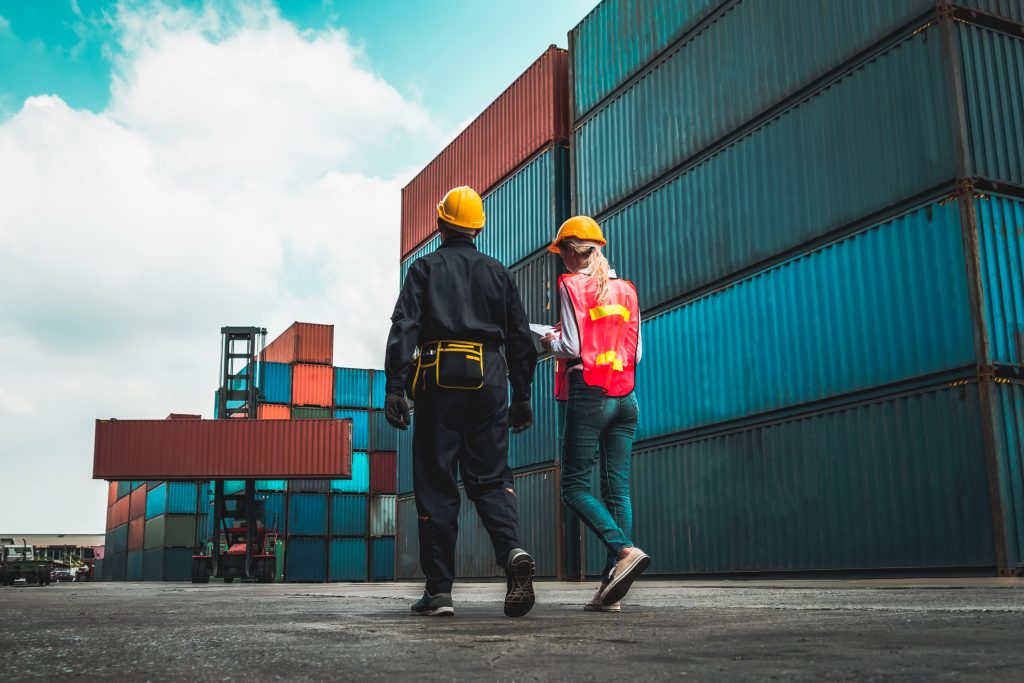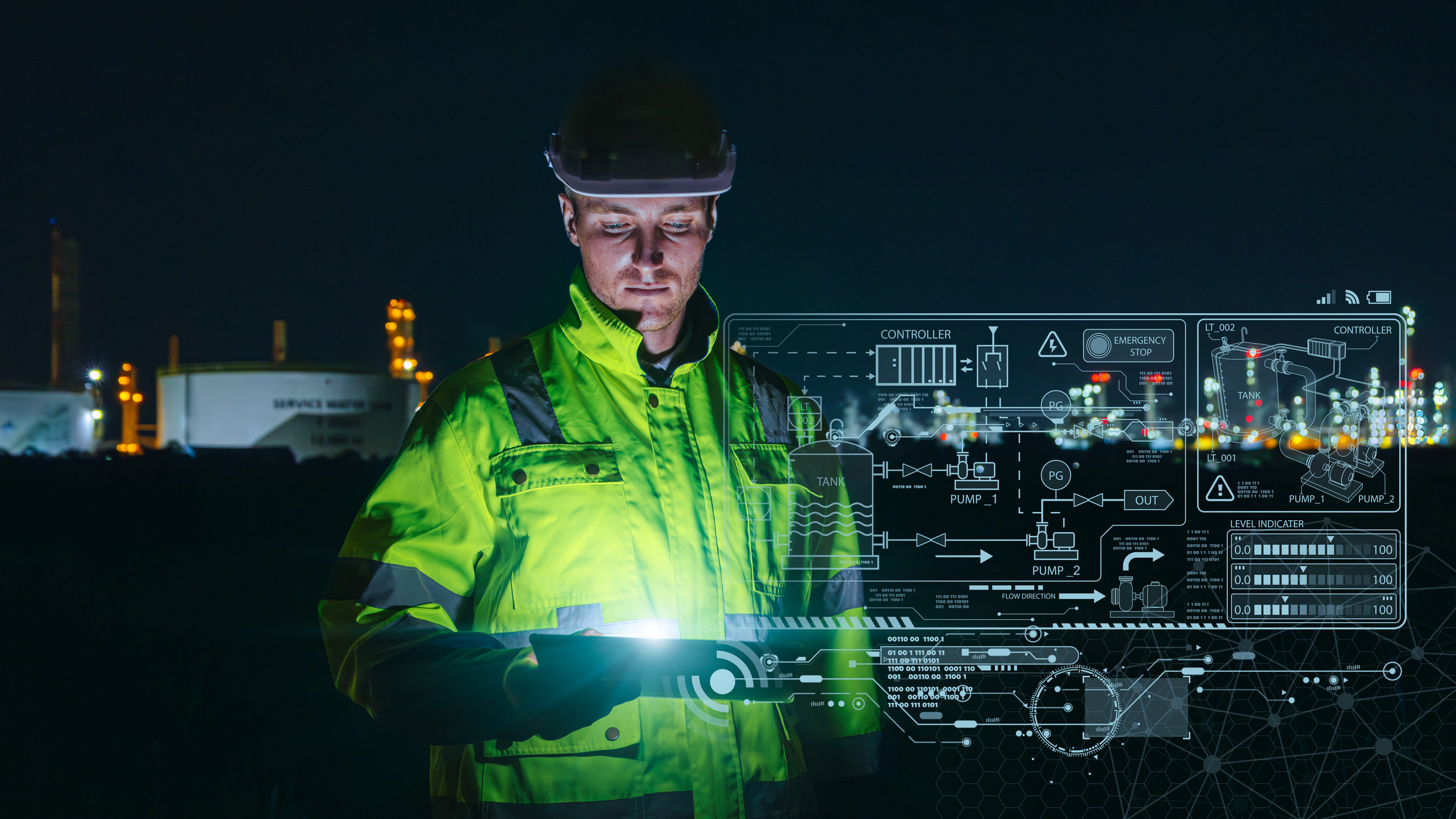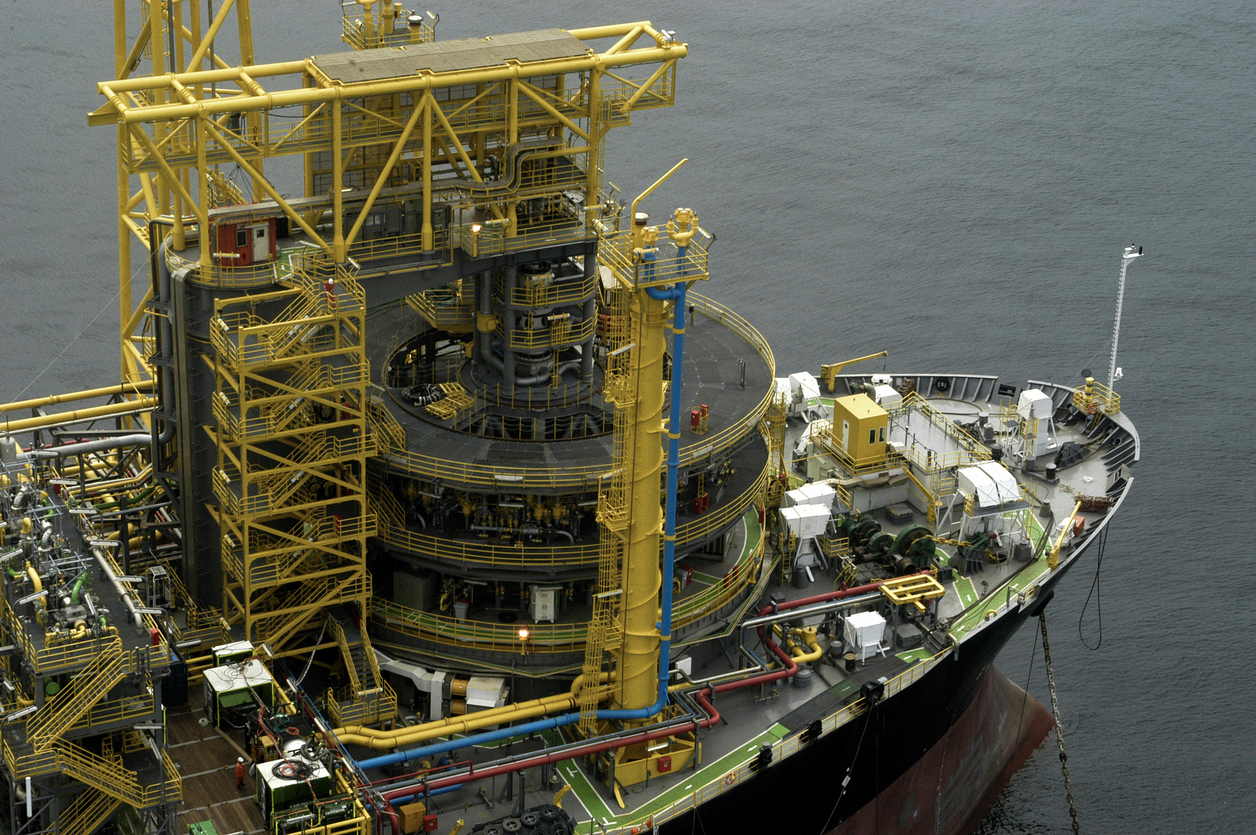In industrial operations, safety concerns tend to focus on internal employees, as they are present daily, receive regular training, and are familiar with the routine. However, there are other groups equally exposed to risks that also need to be protected: service providers, visitors, and delivery drivers.
These individuals, when navigating complex and potentially dangerous environments, face specific challenges. They may not be as familiar with the layout, safety procedures, and points of attention.
In the following topics, you'll understand why third-party security should be part of your risk prevention safety procedures, and what practices can strengthen this focus in your operations.
Why third parties are more exposed to risks
Lack of familiarity with the environment is the first factor that can increase vulnerability. Without knowing where high-traffic areas, suspended load zones, or confined spaces are, the likelihood of putting yourself at risk increases significantly.
Additionally, third parties may not have access to or recorded the site's safety training guidelines. This is especially common in cases of one-off or short-term work, where onboarding time is limited, or even for employees who joined the company after the last such training. Higher turnover among contractors and suppliers also makes it difficult to standardize safety guidelines.
A common example is drivers entering and exiting facilities quickly, but needing to maneuver in areas where forklifts and trucks are moving. Without a clear view of vehicle and pedestrian traffic, the risk of incidents increases.
Corporate responsibility
Brazilian legislation, through regulations such as NR-1 and NR-18, and international standards reinforce the importance of including third-party protection in safety practices. This includes providing clear guidance before access, providing adequate PPE, marking risk areas, and ensuring safe routes.
Accidents involving third parties result in direct costs, such as compensation and downtime, and indirect costs, such as damage to reputation, loss of contracts, and increased oversight. In this sense, acting preventively means not only complying with the law but also protecting human life and the business itself from long-term financial and reputational impacts.
Practical challenges in prevention
Continuously monitoring who's moving around the area is one of the main challenges. In dynamic operations, people come and go constantly, and it's not always possible to manually track each movement.
The lack of data and records on incidents with third parties also hinders the adoption of effective corrective measures. Visitors and service providers often ignore basic rules due to lack of knowledge or in a rush to complete their tasks.
Another sensitive issue is maintaining safety protocols without compromising operational fluidity. It's important to find a balance between production efficiency and rigorous preventive procedures.
How smart monitoring can support this prevention
Intelligent monitoring acts as an ally in increasing occupational safety. With cameras and advanced analytics, it's possible to identify movements in critical areas and provide real-time alerts of imminent risks.
One example is the detection of people under suspended loads, a high-risk situation that can be prevented with automatic alerts sent to the appropriate teams. Furthermore, perimeter monitoring helps prevent unauthorized entry into restricted areas.
Visual records generated by technology also contribute to training, audits, and internal investigations, helping to continually improve safety protocols.
Best practices for reducing third-party risks
Effective prevention begins the moment visitors enter the facility. Implementing objective integrations helps ensure visitors and service providers receive essential information for their safety.
Visitors should also be provided with PPE, including coveralls, helmets, goggles, and gloves, for example. Furthermore, signage should be clear and visible, highlighting risk areas and safe routes.
Checklists de segurança antes do início das atividades ajudam a verificar se todos os cuidados necessários foram adotados. E a tecnologia, nesse cenário, atua como apoio constante, garantindo que a fiscalização e a prevenção ocorram mesmo em situações de alta demanda operacional.
Conclusion
Protecting third parties directly impacts the company's care for people and credibility. Sefety management that combines clear protocols, a preventative culture, and intelligent monitoring technologies reduces vulnerabilities and maintains a safe workplace for everyone.
About ALTAVE
ALTAVE offers intelligent monitoring solutions that increase safety in critical operations, protecting people, assets, and processes. By combining cutting-edge technology with automated analysis, it is possible to identify risk situations in real time and prevent accidents before they happen.
With real-time monitoring, intuitive dashboards and 24/7 support, ALTAVE contributes to operational safety and the protection of lives and essential resources. The company has patented technologies in Brazil and abroad, and is present around the world, serving sectors such as Defense and Security, Energy, Mining, Ports, Agribusiness and Oil and Gas.
Recognized for its strategic relevance, ALTAVE is accredited as a Strategic Defense Company by the Brazilian Ministry of Defense and a supplier to Petrobras.
Let's have a chat?
Contact us to learn more about how our solution can help your company!





